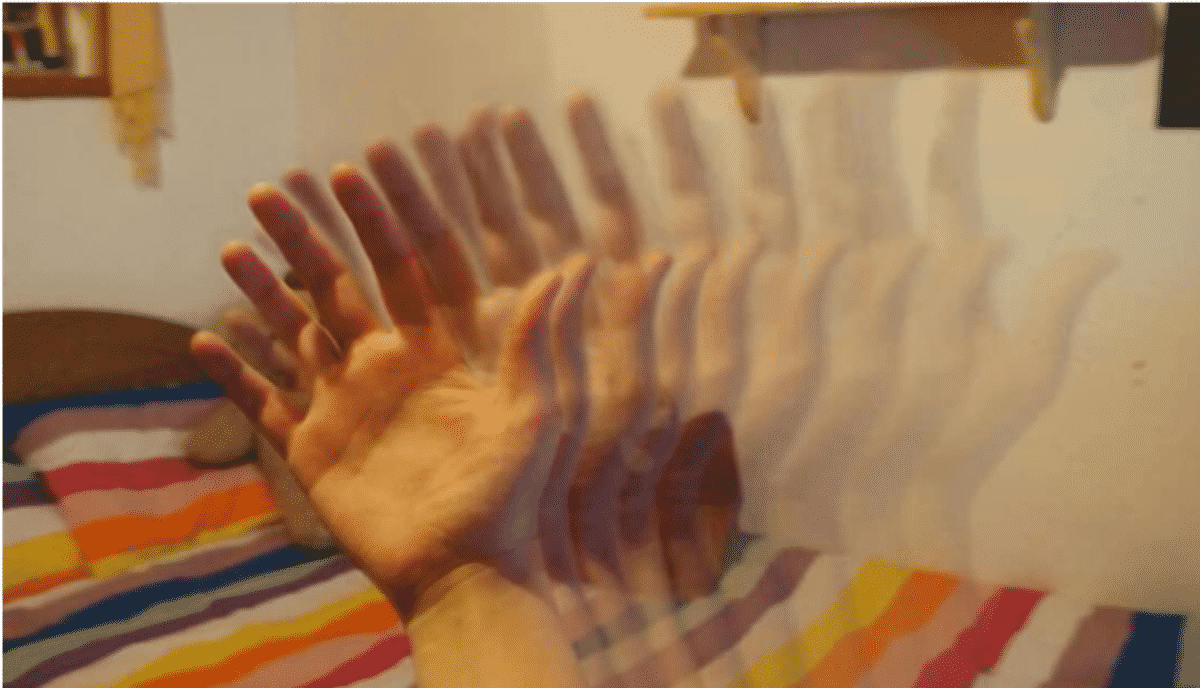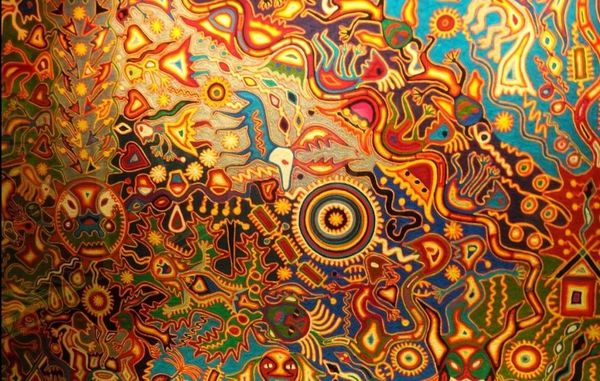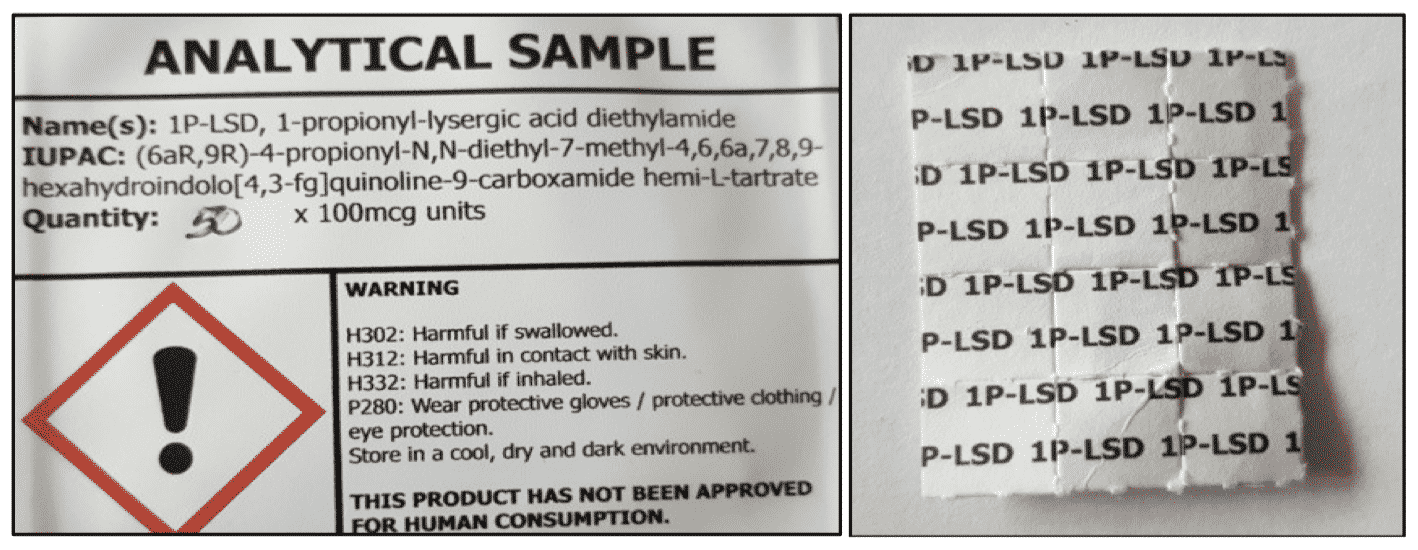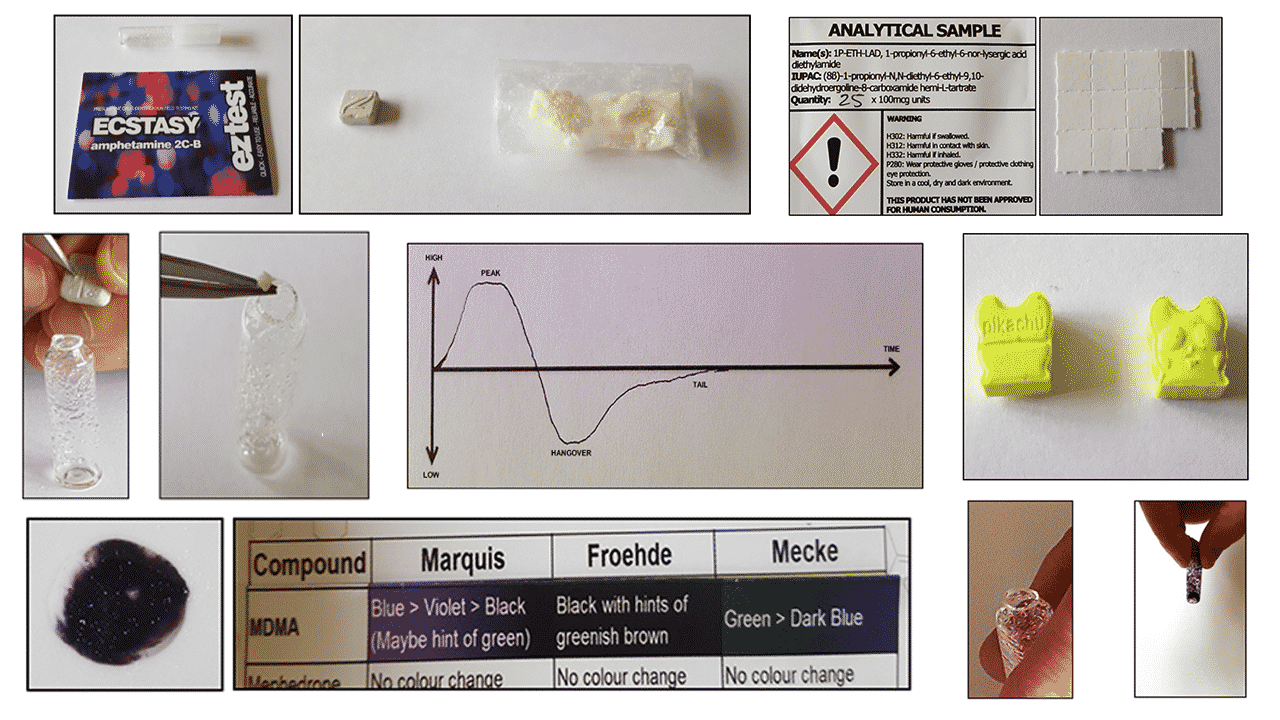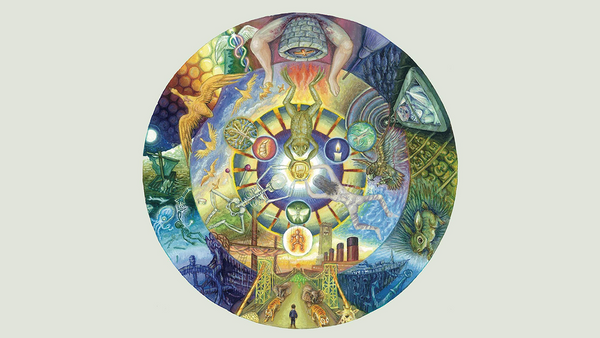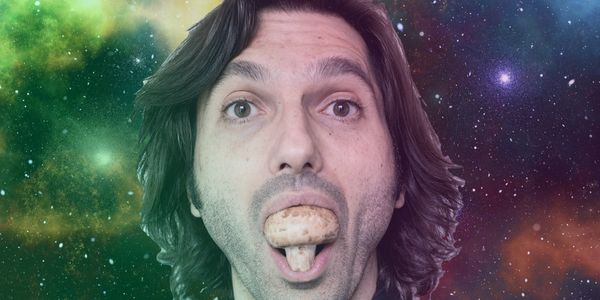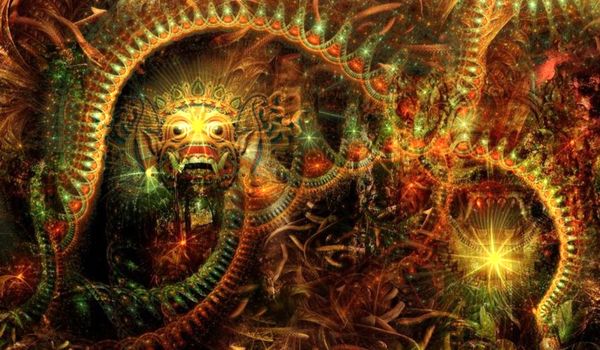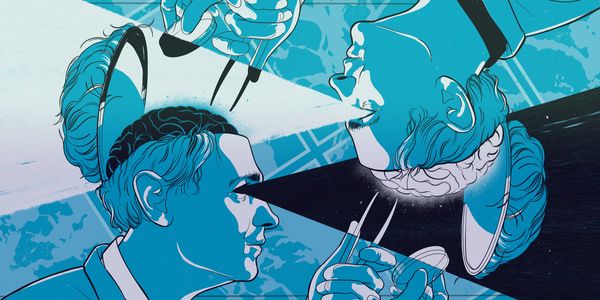Eric Brown • • 9 min read
13 Scientific Studies That Show the Profound Potential of Plant Medicine
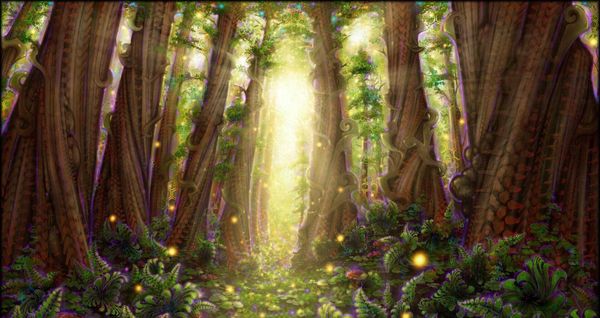
This article is written in support of the #ThankYouPlantMedicine movement. A global campaign of gratitude towards plant medicines launching on February 20, 2020. Consider joining in and sharing your voice.
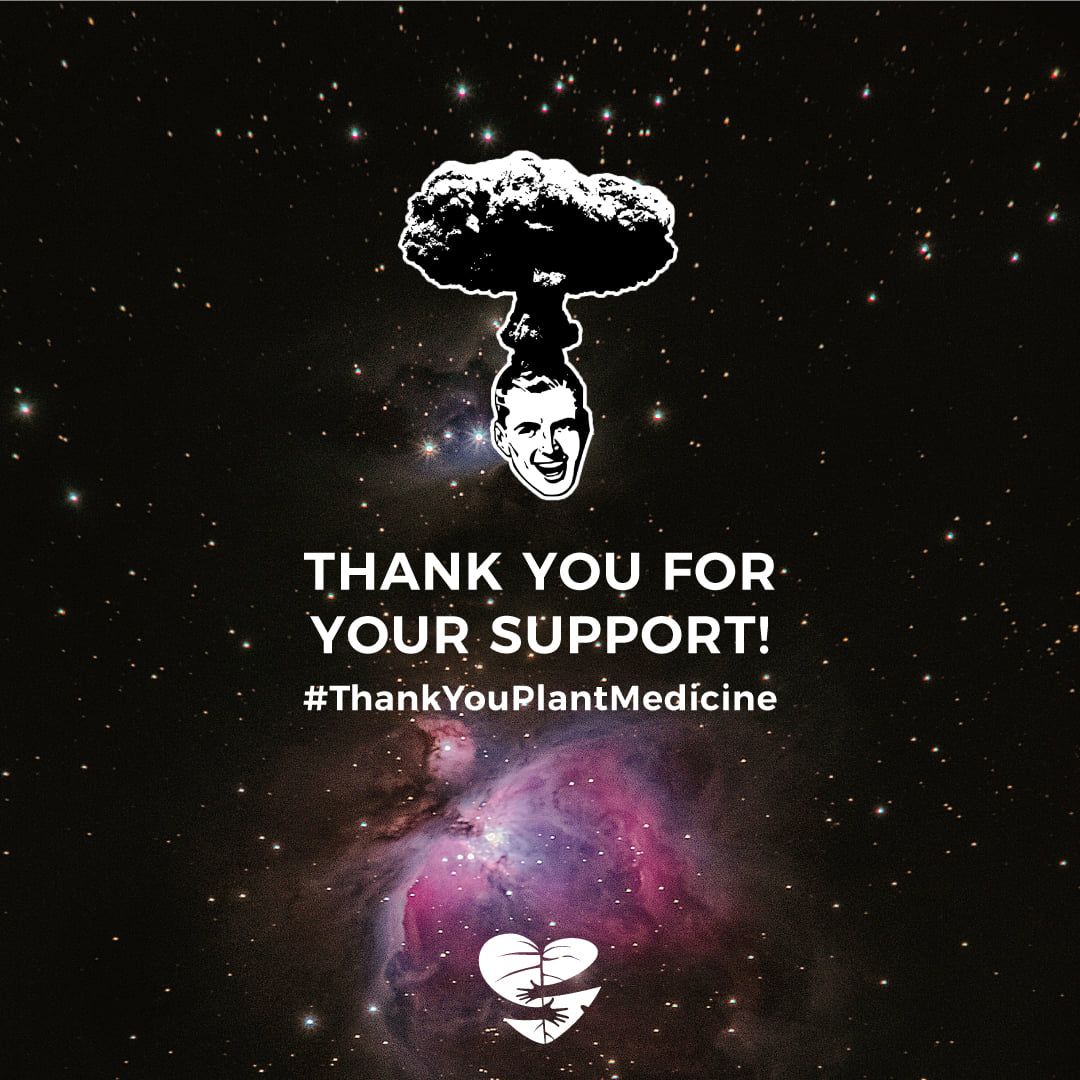
Plant medicines.
This term, held as deeply sacred to some, and repulsively profane to others — has been blooming up into public perception the past few years.
For good reason.
We are up against nothing short of an epidemic, a deluge of depression and anxiety infecting entire generations with our own version of the Black Plague.
Despite living in the highest quality of existence ever afforded to humans, we have staggering numbers of individuals suffering from nihilism, loneliness, depression, and crippling anxiety. This is the ‘general neuroses of our time’ as depth psychologist Carl Jung once said.
Not to mention those who have suffered extreme mental, emotional, or physical trauma and have found effective avenues for medical help sparse and highly ineffective.
1 in 10 Americans now take some form of anti-depression medication, including children.
We have not had a significant psycho-therapeutic breakthrough since the advent of cognitive behavioural therapy (CBT) nearly 100 years ago. And even this is proving to be sorely lacking when helping individuals suffering from more trauma-based illness like PTSD or coping with acute traumatic experiences.
What other area of modern life hasn’t been radically updated and overhauled in the last century?
Virtually none.
Every single one of our existing ‘solutions’ or ‘treatments’ for mental illness falls under the ‘band-aid’ approach.
They do not treat the root causes, the things generating the illness — they simply treat the symptoms, helping to make life a little more manageable for the individual.
Now, doing this is helpful, particularly when someone is suffering deeply, but we must recognize these solutions for what they are — temporary at best, and actually damaging at their worst.
It’s like you’re in a boat, in the middle of a vast ocean of experience, and you have a leak. The boat is taking on water rapidly, the reality and fear of drowning is setting in.
For a while, it is very useful to bail water out of the boat, to make the situation a little more manageable, to make it seem less intense, to slow down the process.
But in this example, we can all agree that if the leak is not fixed — all this effort will be wasted.
We must address the root cause of the problem.
If we have a leak in our psychic boats, and the ocean of experience is quickly overwhelming us — what does patching the leak look like? If we have mental illness — what does an effective medicine look like?
Playing Nicely With Paradigms
Let’s break down the term we’re working with here — plant medicines.
The first half is quite simple — ‘plant’ — referring to an organic substance, a physical plant, that can be consumed or applied in any number of ways — from topical ointments, ingested as a tea, smoked, insufflated, etc.
The second half gets a little trickier — that of ‘medicine’.
In common parlance, this is a little pill or capsule that you take to address a very specific symptom or ailment — headache, fever, nausea, etc.
This provides a foundation for our working definition — a medicine is something that we take to address an illness or ailment.
Given this definition, many things can be medicines, and we see this reflected in our cultural expressions as well. “Laughter is the best medicine,” “love is healing,” “an apple a day keeps the doctor away.”
All of these things ring with the tone of medicine, they are something that address symptoms or helps prevent undesirable states of physical, mental, or emotional health.
What are we to make of plant medicines?
They are organic plant material, taken to address or manage certain physiological or psycho-spiritual ailments.
All Medicine is Plant Medicine
There’s often some pushback that plants can’t be medicine, that the only acceptable definition of medicine are pharmaceutical drugs that have been refined, regulated, and manufactured in a laboratory.
This couldn’t be further from the truth.
The truth is that all medicine is plant medicine.
Take Aspirin. Do you think there’s just a material out there in the biosphere called ‘aspinirium’? There isn’t.
What goes into your Aspirin? Where does the raw material for pharmaceutical medications come from?
Plants.
Yes, these base materials are then put through extraction, synthesis, and all other sorts of chemical manipulations to become the Aspirin you see in front of you — but at the end of the day, all medicine comes from plants.
What Does Plant Medicine Do?
What are some of the common ‘plant medicines’ that are discussed now?
Many of the ones currently studied could be called entheogens, naturally occurring psychedelic plants that have been used for generations in traditional cultures to treat all forms of psycho-somatic illnesses.
These include, but are not limited to: psilocybin mushrooms (psilocybe genus), ayahuasca (banisteriopsis capii + pschotria viridis), kambo (phyllomedusa bicolor), tea (camilla genus), and tobacco (nicotina rustica).
Many of these plant medicines, once ingested, induce some combination of physiological response with associated mental/emotional processing.
The mind/body states created here are essential in assisting individuals to process, reframe, and let go of difficult traumatic memories, or to rewrite their personal narratives into ones that are self-serving and valuable to the individual.
Pre-History and the Scientific Method
Plant medicines have a long and rich history throughout human history.
Quite literally, they are the most ancient and practised tool of healing and wellness we have available to us.
Tea has been used for millennia, used to treat a number of ailments from colds, fevers, and indigestion. Dragonsblood, or sangre del grado, the sap of an Amazonian tree, has powerful anti-septic properties that help protect open wounds and prevent scarring of the flesh.
This list could go on and on forever, but that’s not what we’re here for.
We’re here for science. As a student of the Western materialist paradigm, I want to see that these “medicines” can stand up the rigour of the scientific method, can provide statistically-significant results in carefully-conducted experiments, and can perform at least as well as, if not better than, existing psycho-therapeutic treatments.
That’s exactly what we’ve done here.
We’ve pulled together 20 studies on the efficacy and use of plant medicines.
These studies range from addiction and depression, to eating disorders and end-of-life anxiety. This list is by no means exhaustive, but is intended to show that not only can we affirm that these experiments justify the term ‘medicine’, but also that these medicines can perform just as well (in many cases far better) than existing pharmacological or psychotherapeutic combinations. Let’s dive in, to the profound power of plant medicines.
Plant Medicine Studies
Addiction
Human Psychopharmacology of Hoasca, A Plant Hallucinogen Used in Ritual Context in Brazil
1996. Charles Grob, Dennis McKenna. “Salient findings included the remission of psychopathology following the initiation of hoasca use along with no evidence of personality or cognitive deterioration. Overall assessment revealed high functional status.”
Ayahuasca-assisted therapy for addiction: results from a preliminary observational study in Canada
2013. Thomas G. et al. “Statistically significant (p < 0.05) improvements were demonstrated for scales assessing hopefulness, empowerment, mindfulness, and quality of life meaning and outlook subscales. Self-reported alcohol, tobacco and cocaine use declined, although cannabis and opiate use did not; reported reductions in problematic cocaine use were statistically significant. All study participants reported positive and lasting changes from participating in the retreats.”
Pilot study of the 5-HT2AR agonist psilocybin in the treatment of tobacco addiction.
2014. Roland Griffiths, Matthew Johnson, et al. “The abstinence rate for study participants was 80 percent after six months, much higher than typical success rates in smoking cessation trials. These results suggest that in the context of a structured treatment program, psilocybin holds considerable promise in promoting long-term smoking abstinence.”
Personality + Depression
Antidepressant effects of a single dose of ayahuasca in patients with recurrent depression: a preliminary report.
2015. Osorio et al. “Statistically significant reductions of up to 82% in depressive scores were observed between baseline and 1, 7, and 21 days after AYA administration, as measured on the Hamilton Rating Scale for Depression (HAM-D), the Montgomery-Åsberg Depression Rating Scale (MADRS), and the Anxious-Depression subscale of the Brief Psychiatric Rating Scale (BPRS).”
Classic psychedelic use is associated with reduced psychological distress and suicidality in the United States adult population.
2015. P Hendricks et al. “Lifetime classic psychedelic use was associated with a significantly reduced odds of past month psychological distress, past year suicidal thinking, past year suicidal planning, and past year suicide attempt, whereas lifetime illicit use of other drugs was largely associated with an increased likelihood of these outcomes. These findings indicate that classic psychedelics may hold promise in the prevention of suicide, supporting the view that classic psychedelics’ most highly restricted legal status should be reconsidered to facilitate scientific study, and suggesting that more extensive clinical research with classic psychedelics is warranted.”
Mystical experiences occasioned by the hallucinogen psilocybin lead to increases in the personality domain of openness.
2011. Griffiths et. al. “Consistent with participant claims of hallucinogen-occasioned increases in aesthetic appreciation, imagination, and creativity, we found significant increases in Openness following a high-dose psilocybin session. In participants who had mystical experiences during their psilocybin session, Openness remained significantly higher than baseline more than 1 year after the session. The findings suggest a specific role for psilocybin and mystical-type experiences in adult personality change.”
Exploring the therapeutic potential of Ayahuasca: acute intake increases mindfulness-related capacities.
2015. Joaquim Soler et. al. “Ayahuasca intake led to significant increases in two facets of the FFMQ indicating a reduction in judgmental processing of experiences and in inner reactivity. It also led to a significant increase in decentering ability as measured by the EQ. These changes are classic goals of conventional mindfulness training, and the scores obtained are in the range of those observed after extensive mindfulness practice.”
Clinical potential of psilocybin as a treatment for mental health conditions.
2017. Jeremy Daniel, Margaret Haberman. “Certain mental health disease states and symptoms have been studied, including depressed mood, anxiety disorders, obsessive-compulsive disorder, alcohol use disorder, and tobacco use disorder. This article provides an in-depth review of the study design and results of psilocybin in each of these conditions and discusses the clinical potential for use.”
Mystical-type experiences occasioned by psilocybin mediate the attribution of personal meaning and spiritual significance 14 months later.
2008. R Griffiths et. al. “At the 14-month follow-up, 58% and 67%, respectively, of volunteers rated the psilocybin-occasioned experience as being among the five most personally meaningful and among the five most spiritually significant experiences of their lives; 64% indicated that the experience increased well-being or life satisfaction; 58% met criteria for having had a ‘complete’ mystical experience.”
Neurogenesis
The alkaloids of Banisteriopsis caapi, the plant source of the Amazonian hallucinogen Ayahuasca, stimulate adult neurogenesis in vitro.
2017. Jose Morales-Garcia et. al. “These findings suggest that modulation of brain plasticity could be a major contribution to the antidepressant effects of ayahuasca. They also expand the potential application of B. caapi alkaloids to other brain disorders that may benefit from stimulation of endogenous neural precursor niches.”
Assessing the Psychedelic “After-Glow” in Ayahuasca Users: Post-Acute Neurometabolic and Functional Connectivity Changes Are Associated with Enhanced Mindfulness Capacities.
2017. Frederic Sampedro et. al. “Post-acutely, ayahuasca potentiates mindfulness capacities in volunteers and induces rapid and sustained antidepressant effects in treatment-resistant patients.”
Ayahuasca in Adolescence: A Neuropsychological Assessment.
2005. Doering-Silveira et al. “The purpose of the study was to evaluate neuropsychologically adolescents who use ayahuasca in a religious context. Overall, statistical findings suggested that there was no significant difference between the two groups on neuropsychological measures.”
Eating Disorders
Nourishing the Spirit: Exploratory Research on Ayahuasca Experiences along the Continuum of Recovery from Eating Disorders.
2017. A Lafrance et. al. “Themes presented relate to the reduction or cessation of ED and mental health symptoms, shifts in body perception, and the importance of a ceremonial setting and after-care.”
“I saw myself as a rotting, decaying skeleton and then I saw myself as this beautiful full-bodied, just beautiful woman. I wanted to be that full loving woman that has so much to offer my family and the world. It was, and then I felt my ribs and … they were so hollow and I was just, I was like, I can’t wait to get back and just start gaining some weight.”
Moving Forward
These were but a small sampling of the research done on plant medicines, entheogens, and classic psychedelics thus far.
As the scientific landscape is warming up to these studies, more will come. As it stands right now, the profound potential of these plant medicines should be readily obvious and available for anyone to see.
They can perform just as well, in some cases better, than existing treatments for mental illness, addiction, and other commons ailments.
There is a lot of work to be done, this will require the support of everyone to bring this research to light, to help fund additional studies, and to help break the existing stigmas.
If you would like to help, there is a way.
On February 20th, 2020 — join in the #ThankYouPlantMedicine global campaign online.
Share your stories of how plant medicine has helped you, share the voices of others who have benefitted from these experiences.
Let’s bring this to light, let’s bring the healing to those who are in need.
#ThankYouPlantMedicine.
If you’d like to experience the profound healing potential of plant medicines for yourself, consider joining us for an Apotheosis retreat.
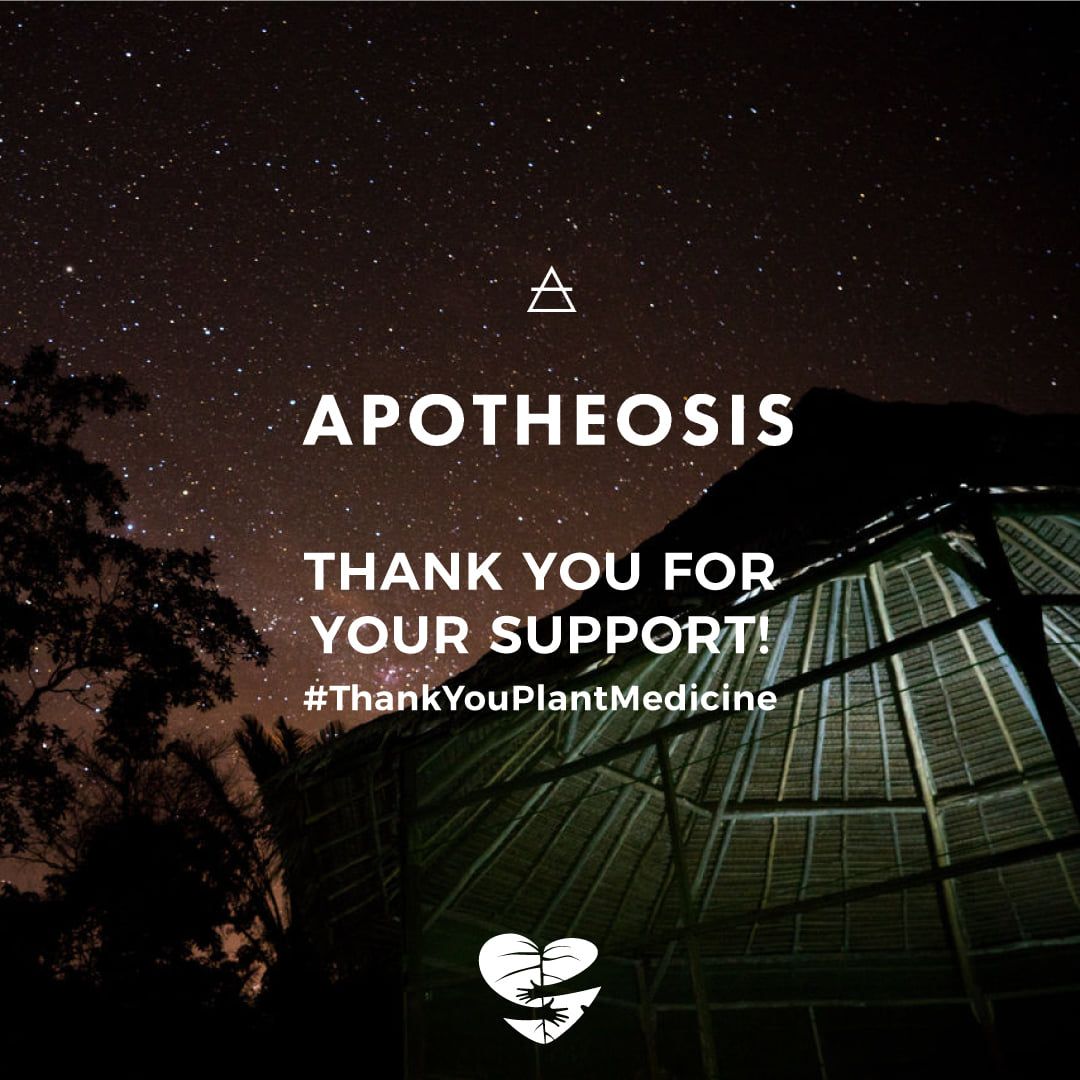

Eric Brown
I'm a creator, artist, writer, and experience designer. I help people become themselves.


